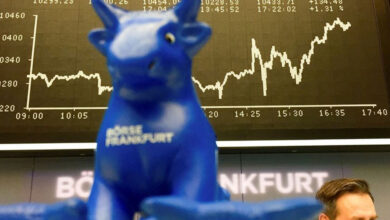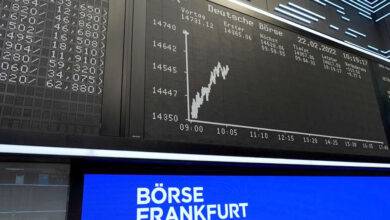Hyundai Motor Raises Annual Forecast as Second Quarter Profit Increases by 15%

SEOUL – A firm round of applause is due for South Korea’s Hyundai Motor Co. Bucking the trends, they upped their yearly projections after a nifty 15% jump in quarterly net earnings. What’s the secret sauce, you ask? A softer local currency, a surge in electric vehicle (EV) sales, and a much-needed production boost.
Ranked third globally in terms of sales, Hyundai, along with its sibling, Kia Corp, confidently announced that revenue for 2023 is expected to grow by 14-15%. Quite a leap from their initial 10.5-11.5% forecast in January, don’t you think? It seems their profit margin is also on the up and up, projected to be within an 8-9% range, surpassing their earlier 6.5-7.5% ballpark.
“The world is a rollercoaster right now,” says Hyundai, “But we’re holding on tight, improving production, and taking advantage of a stabilizing chip and component market. This, despite the economic turbulence caused by fluctuations in global interest rates.”
Their sunny outlook is raising some eyebrows, especially as rivals voice concerns over a potential cool-off in car demand due to the fickle economic climate and soaring interest rates. Price cuts, anyone?
Last week, Tesla’s honcho, Elon Musk, suggested slashing EV prices during these “rocky times” to boost sales. You’ve got to admit, that’s a bold move.
Hyundai, on the other hand, managed to rev up its operating margin to 10% in the second quarter, up from 9.5% in the first. However, the revised annual margin of 8-9% hints at potential hurdles in the second half, as an easing supply chain might ramp up production just when the market begins to chill.
Still, there are optimists out there. Some pundits believe that production constraints caused by the global chip shortage during the COVID-19 pandemic will shield the industry from an overall economic slowdown. Kim Jinwoo, an analyst at Korea Investment & Securities, is one of them. He suggests the present supply-demand tension might stick around till 2025.
However, not all was smooth sailing for Hyundai. Their shares closed down by 0.9%, a sigh of relief considering the broader KOSPI market dropped by 1.7%.
On to the silver lining – Hyundai’s performance in the U.S., its largest market, has been solid. Vehicle sales leaped by 8.5% to 1.06 million units in Q2. Meanwhile, EV sales, boy, did they skyrocket – a whopping 47% surge, reaching nearly 78,000 units.
Green cars, including EVs and plug-in hybrids, saw their sales more than double to 46,000 units. Thanks to increased incentives, the numbers climbed despite Hyundai’s EVs not being eligible for federal tax credits under the Inflation Reduction Act (IRA).
Speaking about incentives, Zayong Koo, the man in charge of Hyundai’s investor relations, revealed that they spent around $4,000-$5,000 per vehicle in the U.S. market. A costly affair, yet essential.
Overall vehicle sales in the U.S. ballooned by 14% to 225,000 units, while back home in South Korea, the sales rose by 13% to 206,000 units.
Last month, Hyundai announced its ambitious plans to scale up EV production in the U.S. to 75% of their total production by 2030. A hefty leap from the current 0.7%, wouldn’t you say?
Despite missing a 3.3 trillion won estimate, Hyundai wrapped up the April-June period with a respectable net profit of 3.2 trillion won ($2.50 billion). The cherry on top? A revenue boost of 17% year-on-year to 42 trillion won.
For those keeping score, that’s $1 for every 1,279.1700 won. Talk about a thrilling ride in the world of auto. So buckle up, because with Hyundai at the wheel, things are about to get even more interesting.





